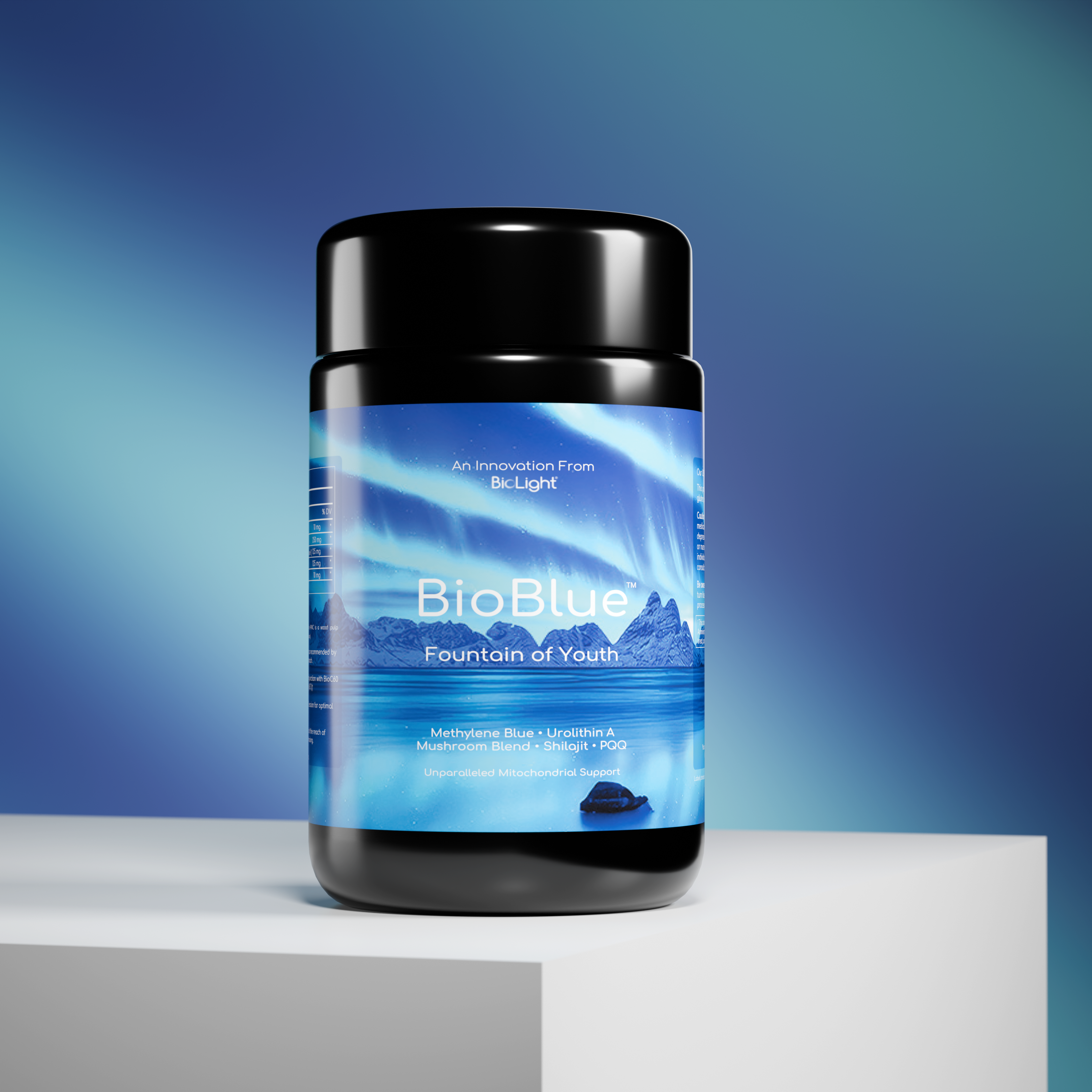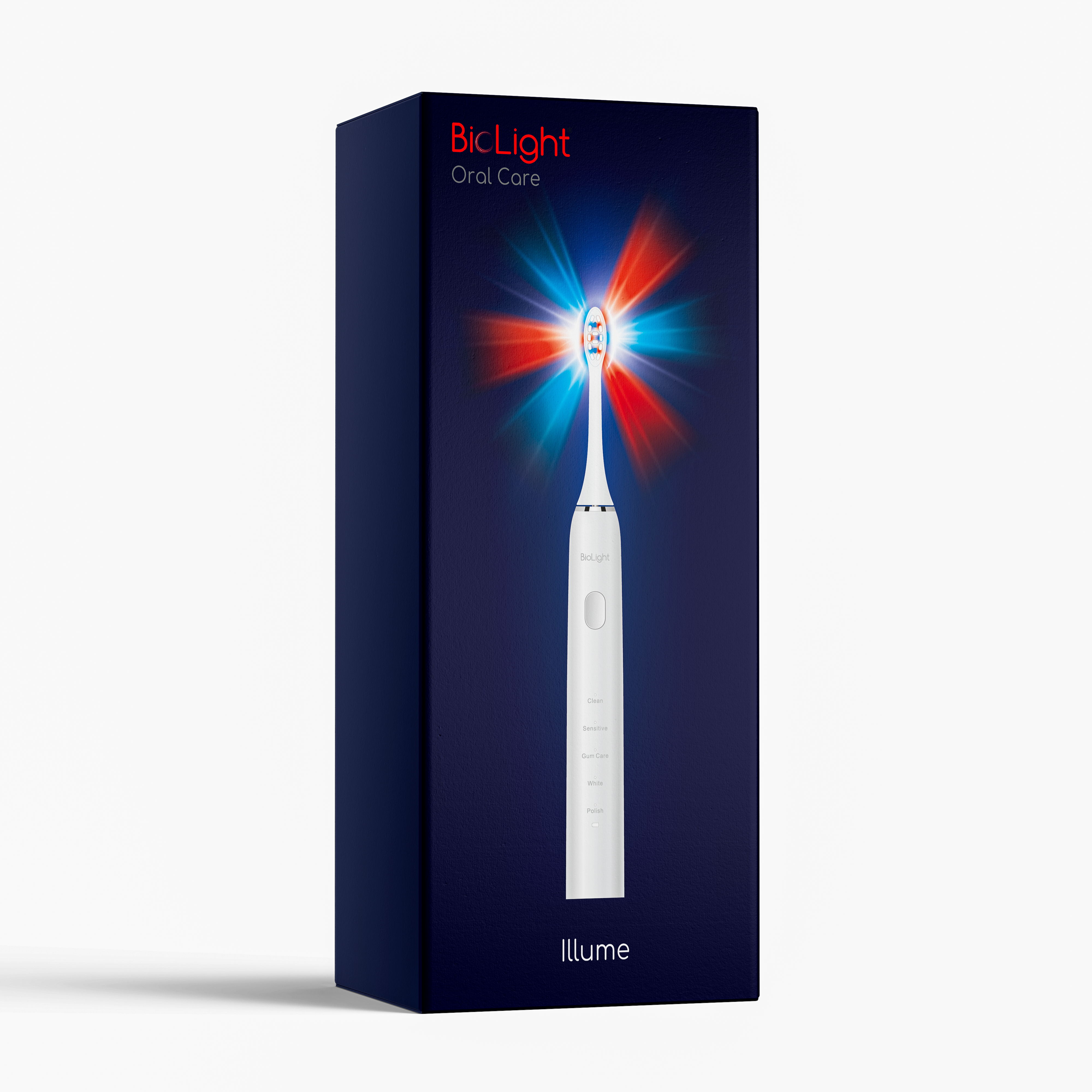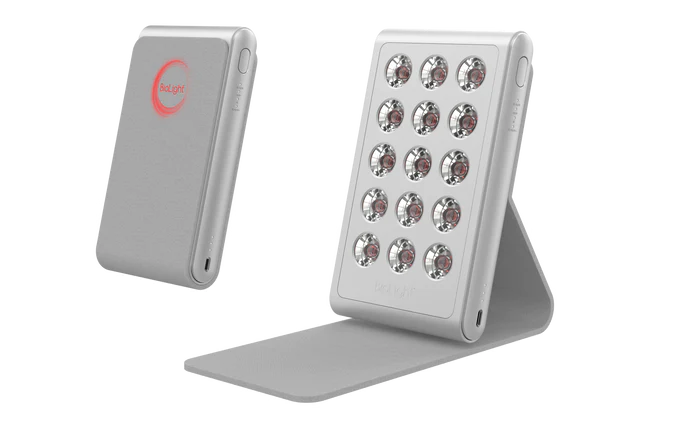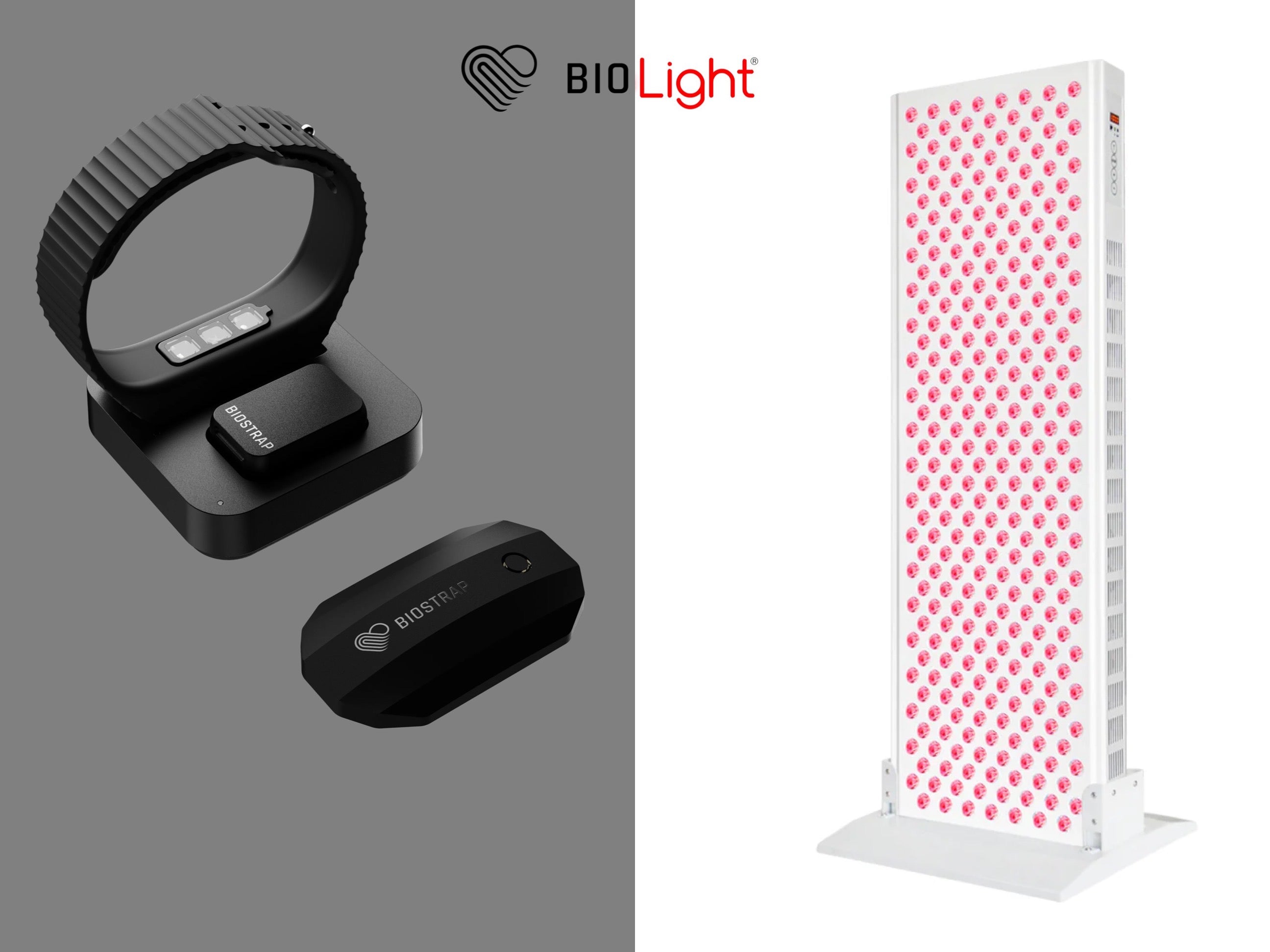Lyme disease, a tick-borne illness caused by the bacterium Borrelia burgdorferi, presents significant treatment challenges. Recent research has highlighted Methylene Blue as a potential treatment option. Understanding how this compound works and its benefits could provide new hope for those struggling with Lyme disease. In this blog, we will explore the use of Methylene Blue in treating Lyme disease, detailing its mechanisms, benefits, and practical considerations.
Understanding Lyme Disease
Symptoms and Challenges
Lyme disease can cause a wide range of symptoms, including fatigue, joint pain, and neurological issues. These symptoms can be debilitating and persist even after standard antibiotic treatment, leading to what is known as Post-Treatment Lyme Disease Syndrome (PTLDS). Finding effective treatments is crucial for improving patients' quality of life.
Current Treatments
Standard treatments for Lyme disease typically involve antibiotics. However, these treatments are not always effective, especially in chronic cases. This has led researchers to explore alternative treatments, such as Methylene Blue.
How Methylene Blue Works
Antimicrobial Properties
Methylene Blue has strong antimicrobial properties, making it effective against a variety of pathogens, including Borrelia burgdorferi. It disrupts the bacteria's cellular processes, inhibiting their growth and proliferation. This action helps reduce the bacterial load in the body, alleviating symptoms.
Biofilm Disruption
Borrelia burgdorferi can form biofilms, protective layers that shield the bacteria from antibiotics. Methylene Blue has been shown to disrupt these biofilms, making the bacteria more susceptible to treatment. This disruption is crucial for addressing chronic and persistent infections.
Anti-Inflammatory Effects
Lyme disease often triggers significant inflammation in the body. Methylene Blue's anti-inflammatory properties help reduce this inflammation, alleviating symptoms and improving overall health. By targeting both the bacteria and the inflammation, Methylene Blue offers a comprehensive approach to treatment.
Practical Considerations
Dosage and Administration
When considering Methylene Blue for Lyme disease, it is essential to consult with a healthcare professional to determine the appropriate dosage and administration method. Typically, Methylene Blue is taken orally or intravenously, depending on the severity of the condition.
Potential Side Effects
While Methylene Blue is generally well-tolerated, it can cause side effects such as nausea, dizziness, and mild skin discoloration. Monitoring for these side effects and adjusting the dosage as needed can help minimize discomfort.
Combination Therapy
Methylene Blue may be used in combination with other treatments to enhance its effectiveness. Combining it with antibiotics or other antimicrobial agents can provide a more comprehensive treatment approach, addressing multiple aspects of the disease.
Moving Forward with Hope
Methylene Blue offers a promising new approach to treating Lyme disease, especially for those who have not found relief with standard treatments. Its antimicrobial, biofilm-disrupting, and anti-inflammatory properties make it a valuable tool in the fight against this challenging disease. Always consult with a healthcare professional before starting any new treatment to ensure safety and efficacy.















